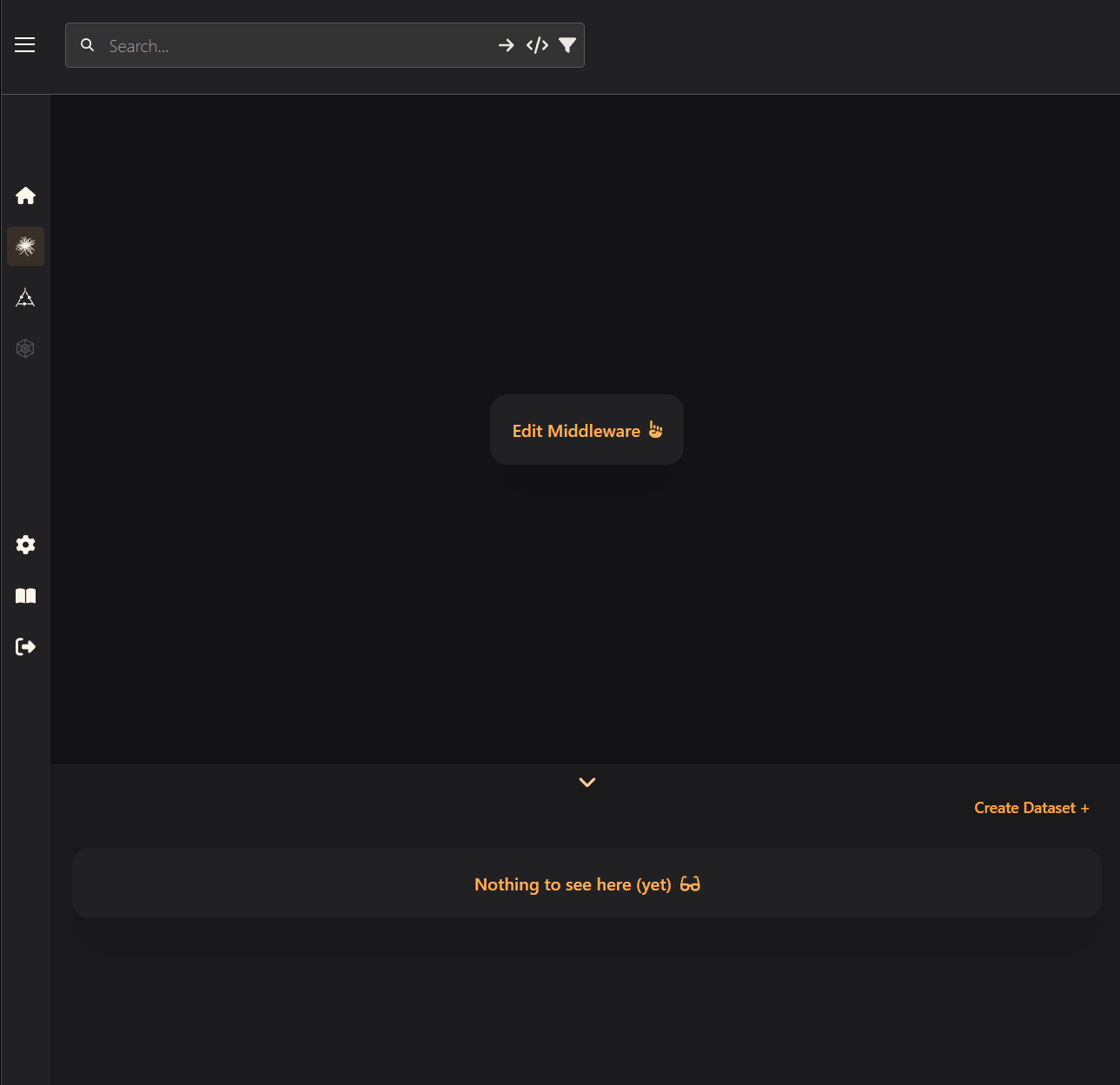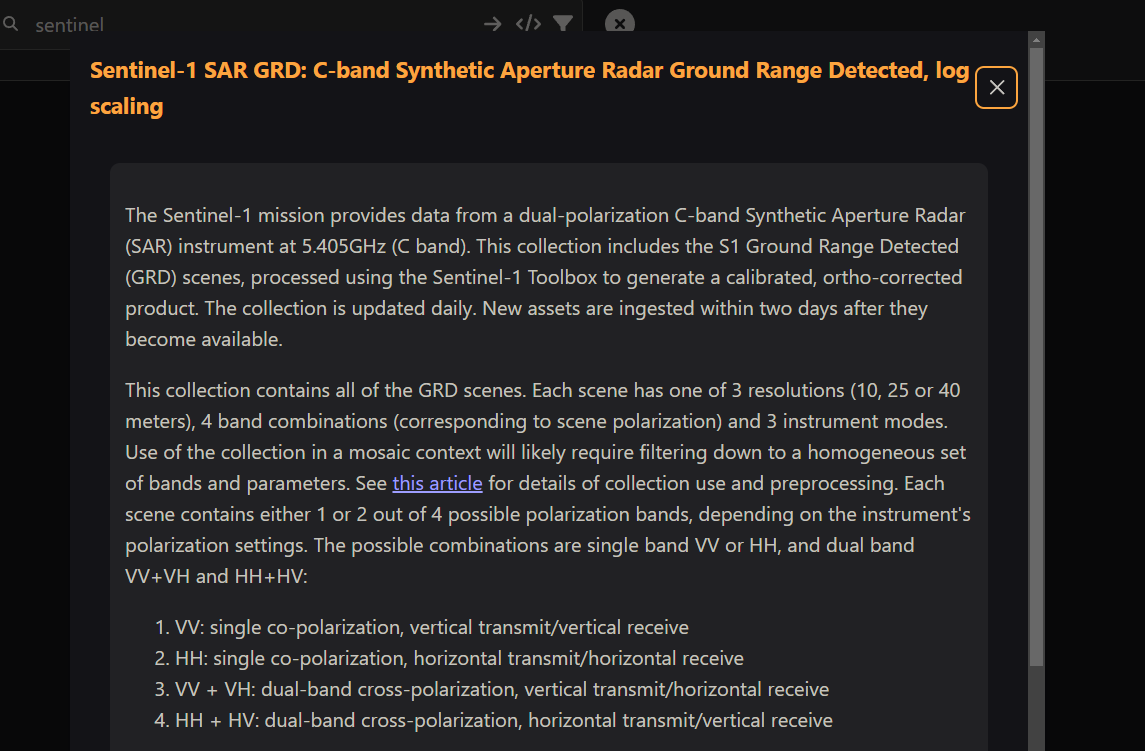 Datasets in Geodesic
Datasets in Geodesic
Datasets in the Geodesic Platform are managed by a part of the platform called Boson. In this section we will cover the basics of Boson, a data mesh tool that allows you to connect with decentralized spatiotemporal data from nearly anywhere. We will cover the basics of the Boson page, how to search for datasets, and how to get more information about a dataset.
What is Boson?
Boson, at its core, is a data proxy that allows you to connect with spatiotemporal data from nearly anywhere. Say you have a cloud bucket of GeoTIFFs and want to serve the raster data as a image service. Or you find a CSV that shows asthma hospitalization rates by county and you need to expose it to a mapping application. With Boson, this is possible in just a few clicks, without writing any code.
The power of Boson is in its flexibility. It has two main components that users interact with, providers and servicers. Providers connect to remote data sources and servicers expose standard APIs that can be used in maps, applications and analysis. There are many existing Boson providers that can connect to a variety of data sources, such as cloud buckets, GeoParquet, ESRI services, and Google Earth Engine. If you have a custom data source (like an API), you can create a remote provider that allows Boson to connect to your data.
Navigating to the Boson Page
To access Boson, select the Boson icon ( ) from the left
toolbar. This will bring you to the Boson page, where you can view and manage datasets, add
middleware for transformations and processing, and share datasets with others.
) from the left
toolbar. This will bring you to the Boson page, where you can view and manage datasets, add
middleware for transformations and processing, and share datasets with others.

Getting Started with Boson
Lets take a look at the layout of the Boson page. Mouse over the circles for details about each part of the page.

Getting Dataset Info
Lets start with a simple search and then inspect a dataset to get more intormation about it.
In the search bar enter 'sentinel' and press the enter key. This will return a list of datasets that have the word 'sentinel' in their name or description. The Dataset List section should look something like this:

The table gives you a quick overview of the dataset. Click the magnifying glass icon to view more detailed information about the dataset. This dataset info page should look something like this:

The other icons int he Actions column are mapping, Middleware Builder, and share. We will cover these in more detail other sections of the documentation.
Next Steps
We went over the basic layout and functionality of the Boson page. There is still a lot to explore here and you can find deep dives in some of the other sections. Below are some other topics that you might want to explore next, or you can click the 'next' button at the bottom to continue on to the next introduction.
How We Think About Data
Learn about our approach to data in general and why we built the platform the way we did.
Spatiotemporal Data Primer
New to spatial or temporal data? This is a great place to start to get a better understanding of the unique challenges and opportunities that come with this type of data.
Middleware Builder
The Middleware Builder is a powerful tool that allows you to transform your data in a variety of ways. Learn more about how to use the Middleware Builder in this section.